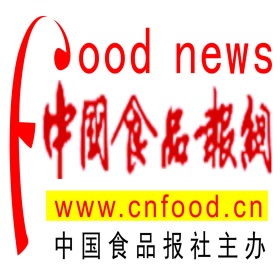
 > 地方食品 > 正文
> 地方食品 > 正文
2022-11-11 15:51:07 来源:食品伙伴网
 (资料图片仅供参考)
(资料图片仅供参考)
据了解,内切-1,4-β-木聚糖酶是由里氏木霉CBS 143953生产的,内切-1,3(4)-β-葡聚糖酶是由里氏木霉CBS 143945生产的。部分原文报道如下:
Following a request from the European Commission, the EFSA Panel on Additives and Products or Substances used in Animal Feed (FEEDAP) was asked to deliver a scientific opinion on the renewal of the authorisation of endo-1,4-β-xylanase produced by Trichoderma reesei CBS 143953 and endo-1,3(4)-β-glucanase produced by T. reesei CBS 143945 (Axtra®XB 201 TPT/L) as a zootechnical feed additive (digestibility enhancers) for poultry and pigs. The endo-1,4-β-xylanase and endo-1,3(4)-β-glucanase are produced by a genetically modified strain of T. reesei and a non-genetically modified strain of T. reesei, respectively. The applicant also requested a reduction of the minimum recommended level for turkeys for fattening and the extension of use to other species/categories. The Panel concluded that the additive complies with the conditions of the current authorisation. There is no new evidence that would lead the FEEDAP Panel to reconsider previous conclusions on the safety of the additive. These conclusions apply also to the new target species/categories for which a request of use was made, suckling piglets. The Panel concluded that the additive should be considered irritant to eyes and a respiratory sensitiser. However, no conclusions could be drawn on the skin irritancy/sensitisation potential of the additive. No change in the authorisation conditions were requested for poultry species (other than turkeys), weaned piglets, pigs for fattening, sows and minor porcine species; therefore there was no need for an assessment on the efficacy of the additive for those species/categories. The Panel concluded that the additive has the potential to be efficacious in turkeys for fattening/reared for breeding and in suckling piglets (for the period in which solid feed is administered) at an intended level of 610 xylanase U/kg and 76 glucanase U/kg feed. However, the Panel noted that the actual effective level used in the studies supporting this conclusion was approximately 50% higher than the intended level.